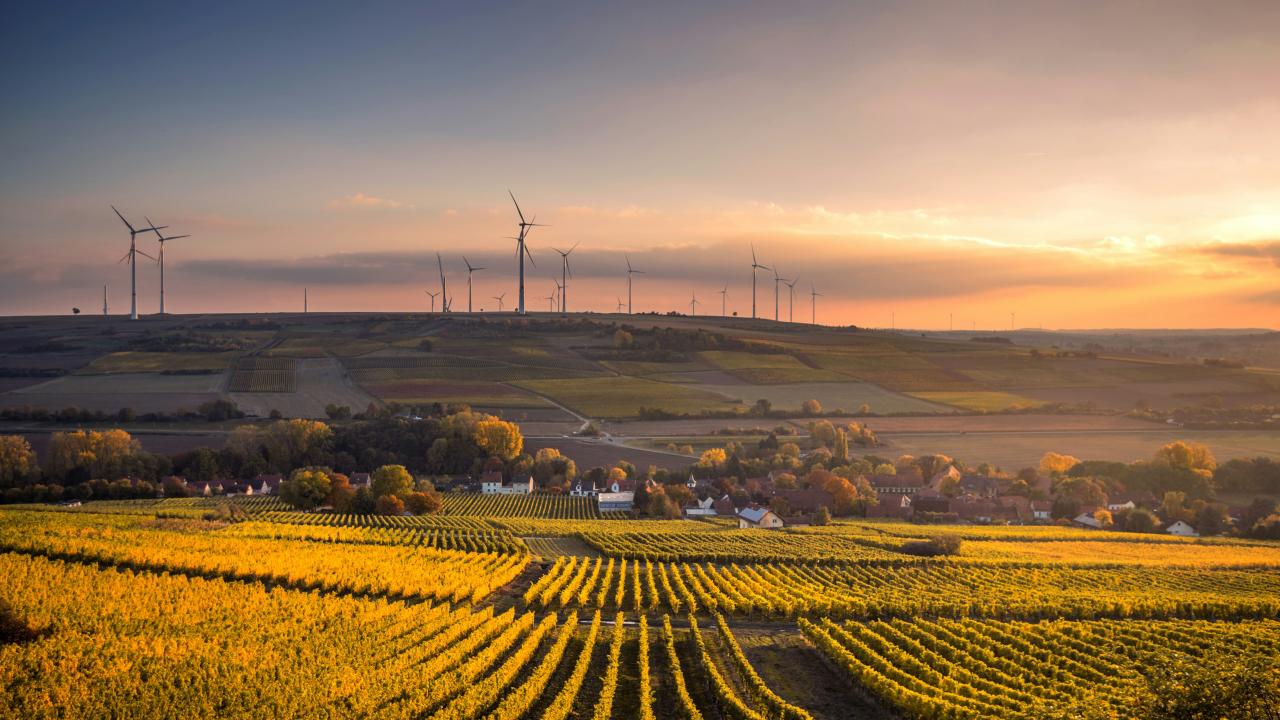AI tool set to forecast the future

A $6.5 MILLION project to improve on-farm forecasting using artificial intelligence (AI) has been unveiled by Meat and Livestock Australia (MLA).
MLA has partnered with 10 industry research and ag-tech stakeholders for the new “Foragecaster” project to develop a planning tool that uses seasonal climate forecasts, on-farm management practices and modelled pasture and livestock growth to predict the future status of forage, grazing livestock and farm sustainability.
The tool will also provide users with the ability to develop a range of different management scenarios through its AI-supported predictions – allowing for better informed decision making and future planning.
The Foragecaster predictive models will use weather data along with the producer’s grazing land management practices to identify their farm’s current sustainability metrics and predict what the next six months might hold.
Led by AgriWebb, the project is currently one year into its three-year developmental phase and includes key inputs from Australian providers such as Feedbase, Cibo Labs, FlintPro, Food Agility, and researchers from the University of Technology Sydney and Queensland.
According to project lead and AgriWebb’s VP of Research and Development Dr Kenny Sabir, Foragecaster has three main areas of focus: livestock growth, pasture growth and availability and sustainability metrics.
“Using data from 60 million animals tracked over the last eight years, we’re able to generate machine-learning models that could help predict livestock growth,” Dr Sabir said.
“By also taking into consideration weather events, climate changes and producer land management practices, the tool will be able to provide producers with a probabilistic forecast for pasture growth and availability, as well as the sustainability metrics for their natural capital.
“Both localised historical and forecasted weather information is provided to producers using the tool.”
Dr Sabir added that Foragecaster will be able to make modelled predictions of the amount of carbon sequestered through vegetation and soil, the amount of emissions produced by the livestock, and biodiversity.
A year out of the project’s pilot phase, AgriWebb completed beta trials of the tool’s grazing planner capabilities with some of their member producers, testing its usability and on-farm production benefits. AgriWebb Lead Product Manager Stacey Hogan said that throughout the trials, more than 25 per cent of the pasture predictions were adjusted as producers actioned management strategies.
Moving forward, Dr Sabir says Foragecaster’s AI capabilities would be further developed, incorporated and trialled on-farm over the next two to three years before becoming available for commercial use.
The Foragecaster grazing planner is currently available in the AgiWebb Marketplace as an add-on to support rotational grazing land management.

Add new comment